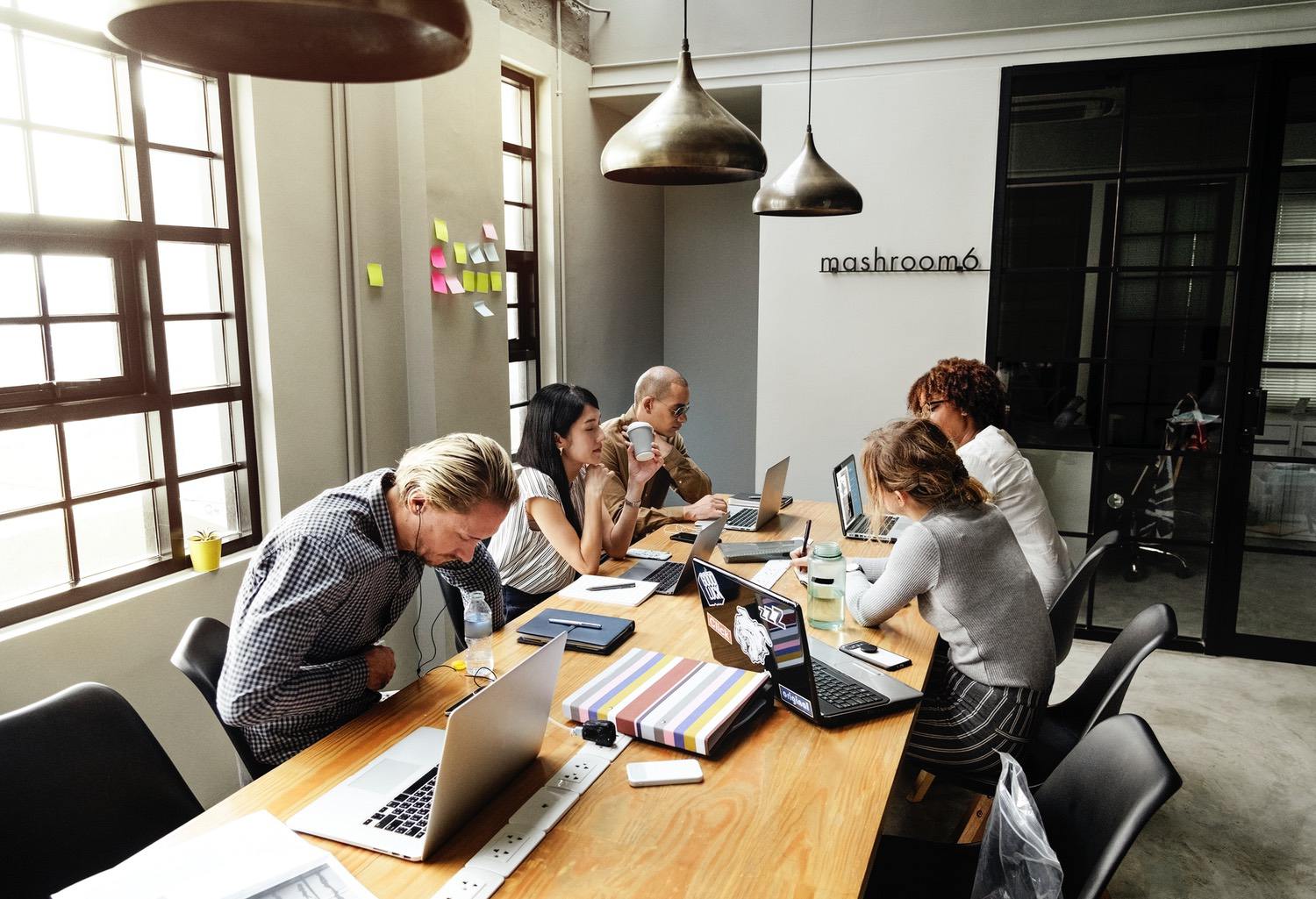Productive Office Design
Losses or gains of up to 15% of turnover in a typical office organisation might be attributable to having a productive office design, management and use of the indoor environment. A pretty staggering number when you think about it. Investing in an office design that nurtures productivity is crucial.
Since people started working together in large numbers the secrets of what makes employees happier and more productive have been scrutinised. The Hawthorne experiments in the 1920s showed how workers became more productive when their working environment was improved. Since then there is an abundance of information and studies around our productivity in the workplace, particularly with the introduction of new technologies.
What are the Office Design Consistencies?
Even with the emergence of new technology, there have been some things that have remained consistent over the years. In 1990 Adrian Leaman and Bill Bordass first set out what they called ‘killer variables’ that linked office design to productivity. Over the years, this has been replicated and confirmed in numerous studies and even reflected on by the researchers 20 years down the line.
What are these key components?
1. Comfort
Intelligent Office Design
Office ergonomics are much more commonplace, with Display Screen Regulations and posture recommendations, but just sticking to the basics isn’t empowering staff or increasing productivity. Recent studies have shown the importance of getting up and shifting positions. Intelligent office design can prompt employees to take the time to move around more, taking ergonomic comfort one step further.
However, ergonomics isn’t the only important factor in comfort. When asked which areas other areas affected employees, the thermal and acoustic considerations of the office stood out. These are factors which can be mitigated through effective office design but are also largely personal, cultural and can change on a daily basis. Understanding your employees’ level of comfort and putting this into the practicalities of an office will be very different for each business- so best to speak to a professional.
2. Adaptability
Empowering staff in a flexible working environment
We are all familiar with an agile and flexible working environment. In an ideal setting, an employee would be free to choose where they want to work, within the confines of the office or elsewhere.
As important factors to productivity, an office environment should promote individual autonomy, which means creating a space that adapts to the specific needs of the employee. As each need will be slightly different, the need for flexibility is crucial with multi-purpose areas can be a functional solution- especially in smaller spaces.
3. Scale and Complexity
Meeting expectations
It’s not going to come as a surprise that the more depth to a building, the harder it is to manage the levels of comfort for everyone in there. Consider the Air-Con debate in the office, the one person who is always too hot or too cold. There is always such a mixed opinion on what the temperature should be, as one person’s comfort is certainly not another. The solution here is to break the building into smaller, more manageable zones, that ultimately give the best of both worlds. Again, working well with point number 1 and encouraging staff to seek out the areas most suited to their needs at the time.
4. Community
Get staff talking
One of the most common complaints of remote working is missing out on the interaction and sharing of knowledge and ideas that naturally come in communities. A good office design should create a communication flow that effectively engineers conversations across the entire organisation as well as creating productive community pools of staff. Orchestrating this flow throughout the office will work to keep employees engaged and productive, but also give them a wider feeling of inclusion within the whole organisation.

5. Insight
Making your space work
We recently looked at The Rise of Activity Based Working but in order for it to succeed and work in the way it is intended, the design must match the perceptions of the workers. Educating them is so important, how best to use the space and provide encouragement for those who are more resistant. In settings where employees effectively used the spaces provided for their different daily tasks, the more productive they claimed to feel.
What does your brand stand for and what are your company values? A stunning productive office design not only encompasses the practicalities but also brings together key aesthetics to ensure your core values can be felt and seen.
If you’re looking for ways to create a more productive office space get in touch and ask one of our experts!